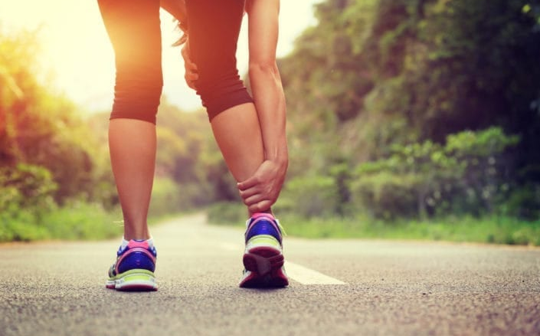By: Lester Williams Jr, Contributing Writer
No matter the environment, an athlete’s top priority, besides claiming victory, should always be their own physical health. While staying active and competing in sporting events is a good way to improve one’s health, everyone should be aware of how to avoid and manage sports-related injuries.
Preventing injuries isn’t just to ensure an athlete is still capable of participating in and out of competition, but it also saves many careers in the process. According to Family Doctor (https://familydoctor.org/), ‘Sports injuries sideline millions of people each year.’ This shows the obstacles that injuries bring to the lives of many athletes.
Sports-related injuries are an everyday occurrence. Concordia University, St. Paul (https://online.csp.edu/) acknowledges a National Health Interview Survey which showed that, between 2011 – 2014, an 8.6 million average sports- and recreation-related injury episodes happened per year for people 5 and older.
All sports come with the risk of physical injury which can be caused by ineffective training, poor health, wearing improper sporting gear, and/or failure to properly warming up before a sport. This can result in injuries such as a strain, which is the result of putting too much pressure on a muscle. While it is impossible to prevent all injuries, there are a multitude of ways to minimize their impact on the body.
Steven Jurnak, an athletic trainer at Saint Leo University that manages a multitude of sports including women’s soccer and men’s swimming, explained the advice he gives to the athletes he trains.
He recommends that his students should always stretch their muscles to make them more flexible. Stiff muscles are what cause many sports-related injuries. Since the flexibility of the body’s muscles depends on how cold the muscles are, much like a rubber band, it’s important for anyone to warm up before an activity to stretch out their muscles to help reduce injures.
Jurnak also recognizes the value of having a dynamic stretching routine and he advises his students to stretch for add least 30 seconds before an activity to ensure that their muscles become more flexible. He advises stretching even after an activity as the muscles will be warmer and more receptive.
To avoid straining the body while participating, it’s important to be aware of the body’s own limitations, know one’s own personal risk, keep track of the body’s history of physical damage, pace one’s body as to not overexert oneself, manage active time and relaxation time, and have a routine of stretches prepared.
Upon awareness of an injury, keep in mind that added pressure from gripping the injury with hands or with the help of an elastic medical-grade bandage, adding ice, elevating the injured area, and resting will reduce pain and swelling.
Also remember to receive a professional opinion by a doctor. To prepare to see a doctor about a sport related injury keep the following questions in mind. Will the injured region be just as strong after being healed, is a support brace necessary, and how long will I have to rest before I can go back on the field?







